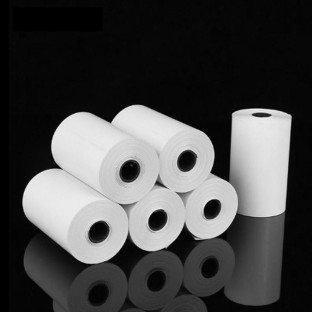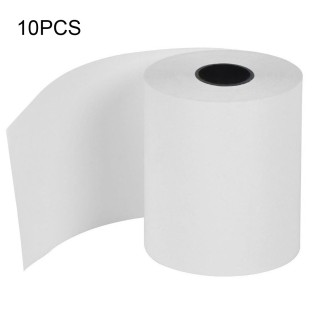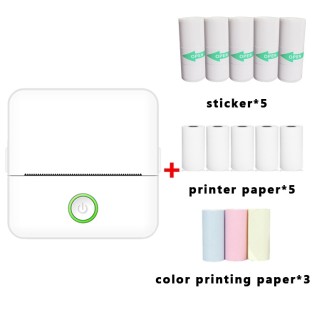Direct thermal printers - never heard of but seen everywhere
Direct thermal printers are a popular printing technology used in a wide range of applications, from sales slips and shipping labels to medical reports and security documents. Unlike inkjet or laser printers, they do not require consumables such as ink or toner and offer fast, quiet and reliable printing. In this blog, we will take a closer look at how direct thermal printers work, their applications and what accessories are needed.
How does a direct thermal printer work?
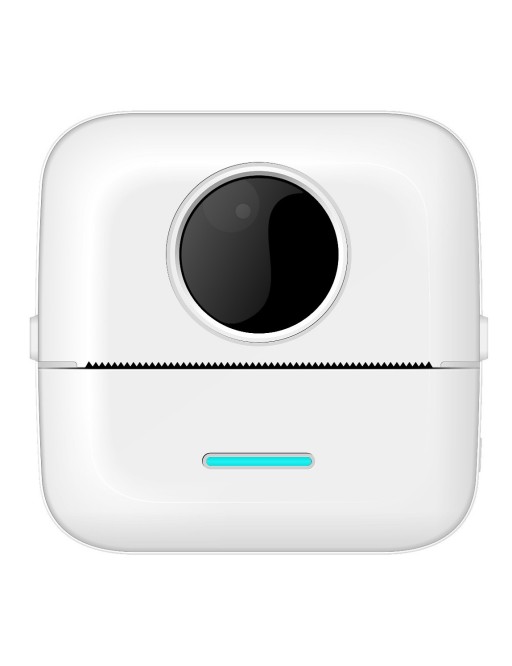
Unlike inkjet or laser printers, a direct thermal printer does not require ink or toner. Instead, it prints by heating special print heads.
Here is a brief description of how a direct thermal printer works:
1. Paper feed
The printer pulls the paper through the rollers and feeds it to the print head.
2. Printhead
The print head contains a series of heating elements that are heated to specific areas of the paper. The heating causes a reaction in the special coating of the paper, creating a visible mark on the paper.
3. Thermosensitive papers
The printer normally uses thermosensitive papers, which have a chemical coating that reacts to heat. The paper contains colour or black-and-white pigments that are applied to the paper's coating when heated, creating the printed image.
4. Step-by-step printing
The printer normally prints in steps, with each print head printing one line and then moving the paper down one step to print the next line
Applications of direct thermal printers

Direct thermal printers are used in a variety of applications where fast and reliable printing is required. Here are some examples:
Cash register printers
Direct thermal printers are often used in retail shops and restaurants to print sales slips.
Shipping labels
Direct thermal printers are used in the logistics industry to print shipping labels.
Medical applications
Direct thermal printers are also used in medical applications to print medical reports, wristbands and labels.
Warehousing
Direct thermal printers can also be used in warehousing applications to print barcode labels and other markings.
Events
Direct thermal printers are used to print tickets at events such as concerts and sporting events.
Transport
Direct thermal printers are also used in the transport industry to print waybills, parcel labels and other shipping documents.
Labels
Direct thermal printers are used in manufacturing and retail to print labels for products, shelves and price labels.
In general, direct thermal printers are very reliable and durable, making them a good choice for use in a variety of applications.
Alternative uses for direct thermal printers
Apart from the application areas we mentioned earlier, there are still some alternative uses for direct thermal printers. Here are some examples:
Shopping lists
This printing method is excellent for creating shopping lists. There are now mobile direct thermal printers that can be connected to smartphones. This makes it much easier to create such lists.
Short stories & poems
The direct thermal printer can also be used to write poems and short stories. Write an inspirational message and stick or pin it to a place of your choice.
Labels
Do you have another use for your old pickle jars and want to label them appropriately? Then you can use a direct thermal printer to create labels and stick them on.
Drawings
Print out your drawings. Simple motifs are particularly suitable for this.
Cheat sheets
Who would notice a cheat sheet in the form of a receipt? Well, we recommend that you use this input more as a creative stimulus than as a call to action (cheat at your own risk).
Photos
Small snapshots can also be printed out very well. However, it should be noted that the quality is not the best.
Stylistic elements for video clips
Are you a video creator? Then you can also use a direct thermal printer to create stylistic elements.
So there are many alternative uses for direct thermal printers beyond the typical applications. The flexibility and versatility of direct thermal printers make them a useful tool in many different industries.
What accessories do I need for the direct thermal printer?
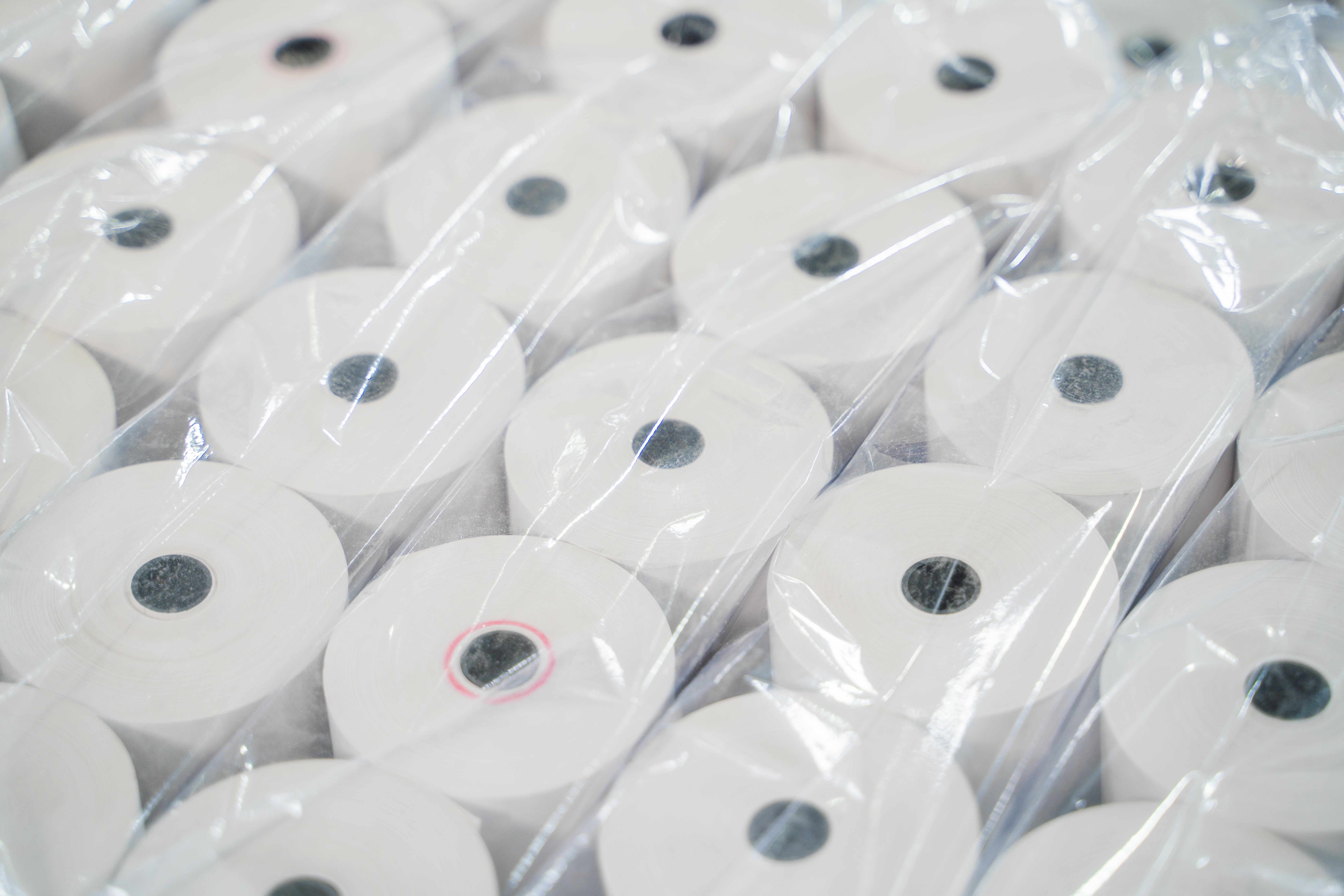
You will usually need some basic accessories for a direct thermal printer. Here are some of the main accessories you may need:
Thermal sensitive paper
A direct thermal printer prints on special thermosensitive paper that has a chemical coating that reacts to heat when heated. You need to make sure you use the correct paper for your printer, as different printers may require different sizes of paper.
Ink ribbon or ink foil
If you are using a direct thermal colour printer, you will need a ribbon or colour film that contains the colour pigments that are applied to the paper when heated.
Cleaning materials
Direct thermal printers can be sensitive to dust, dirt and other contaminants that can build up on the printheads. You should therefore regularly use cleaning materials such as cleaning cards and cleaning solutions to keep your printer clean.
Spare parts
It is always advisable to have some spare parts such as printheads, rollers and other consumable parts in stock so that you can react quickly if any of these parts fail.
Cables and adapters
Depending on the model of your direct thermal printer, you may need special cables or adapters to connect your printer to your computer or other devices.
Labels or other print material
If you want to print labels or other print materials, you may need special templates or designs to ensure that your printouts are properly aligned and legible.
The exact accessories you will need will depend on your specific direct thermal printer and your printing requirements. However, it is always advisable to contact the manufacturer or a stockist if necessary to ensure you have the correct accessories and materials for your printer.
Conclusion
Overall, direct thermal printers offer many advantages that make them an attractive option for businesses and personal use. They are fast, reliable and do not require consumables such as ink or toner, making them a cost-effective option. The print quality of direct thermal printers is not as high as other printing technologies, but it is sufficient for many applications.
